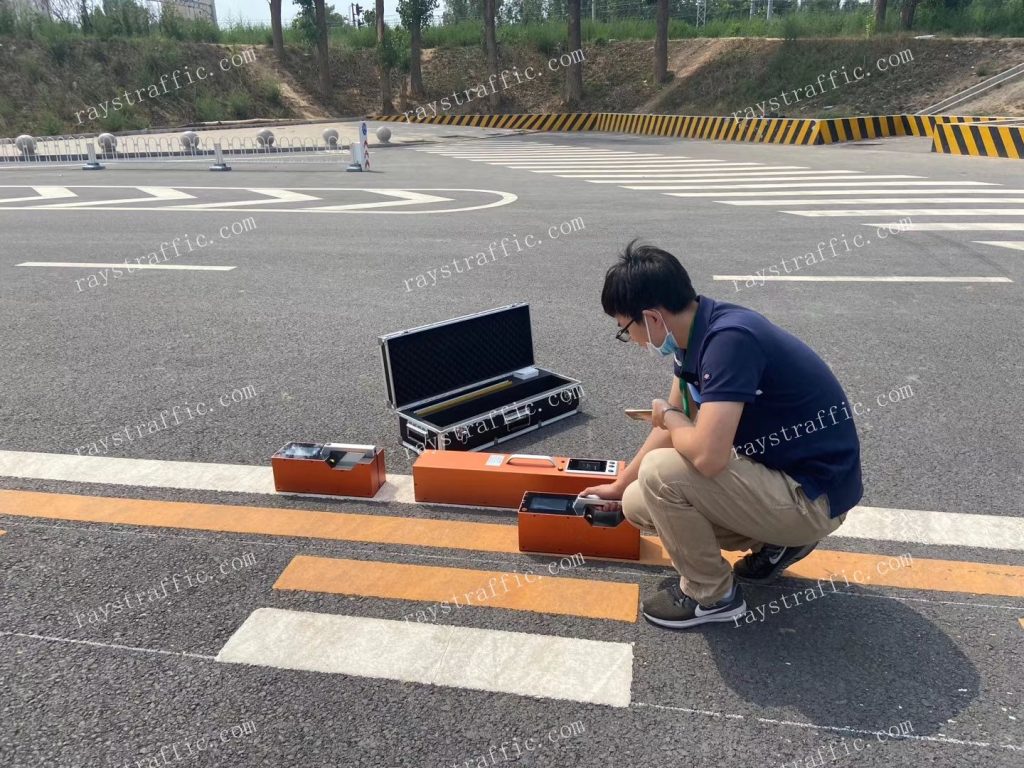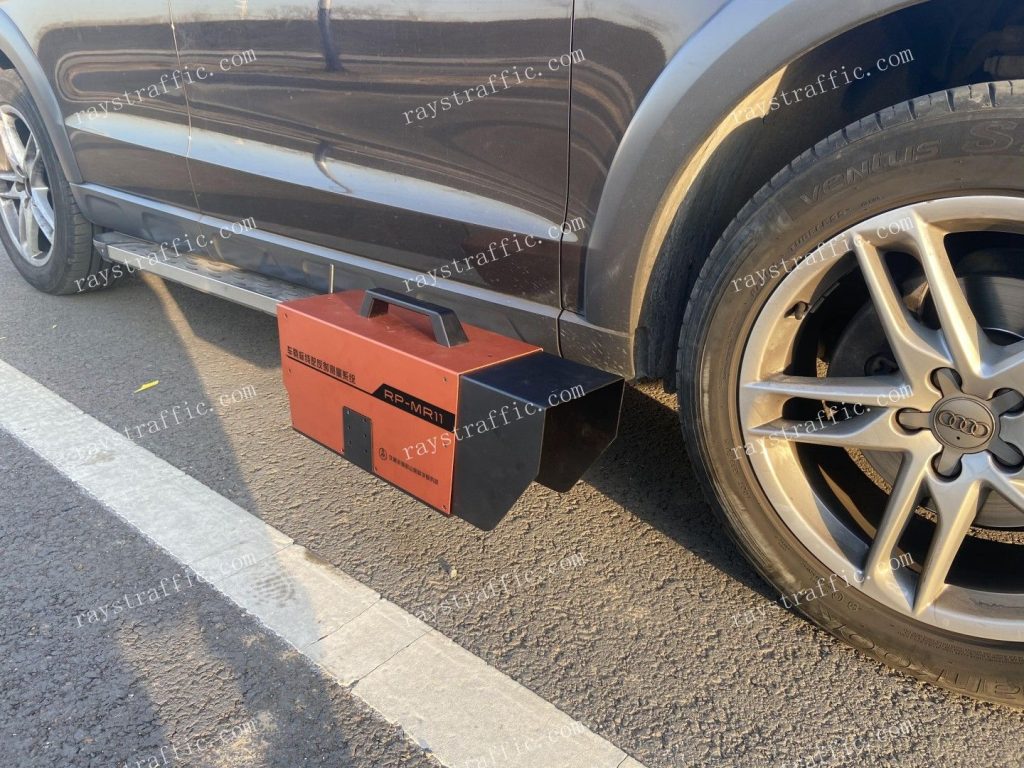A pavement marking retroreflectometer is a device that is used to measure the retroreflectivity of road markings. Retroreflectivity is a measure of how well a material reflects light back to its source. In the case of road markings, retroreflectivity is important for visibility and safety, especially at night or in low light conditions.
Why we need prepare pavement marking retroreflectometer?
The retroreflectivity of pavement markings can decrease over time due to wear and tear. Regular use of road marking retroreflection meters can help ensure that road markings are maintained at a safe and visible level for drivers, ultimately contributing to safer roads and reducing the risk of accidents.

Pavement marking retroreflectometer types?
A road marking retroreflectometer typically consists of a light source and a detector. The light source emits a beam of light, which is directed at the road marking. The detector then measures the intensity of the light that is reflected back to it. Based on this measurement, the retroreflectometer can calculate the retroreflectivity of the road marking.
There are different types of pavement marking retroreflectometers available, including handheld and mobile devices. Handheld road marking retroreflectometers are compact and can be easily carried around by an operator to measure the retroreflectivity of road markings at specific locations. Mobile road marking retroreflectometers, on the other hand, are mounted on vehicles and can measure the retroreflectivity of road markings over a larger area.

Pavement marking retroreflectometer application?
Pavement marking retroreflectometers are often used by road maintenance and inspection teams to monitor the retroreflectivity of road markings and ensure that they meet safety standards. They can also be used by road marking paint manufacturers to test the retroreflectivity of new pavement marking materials.

